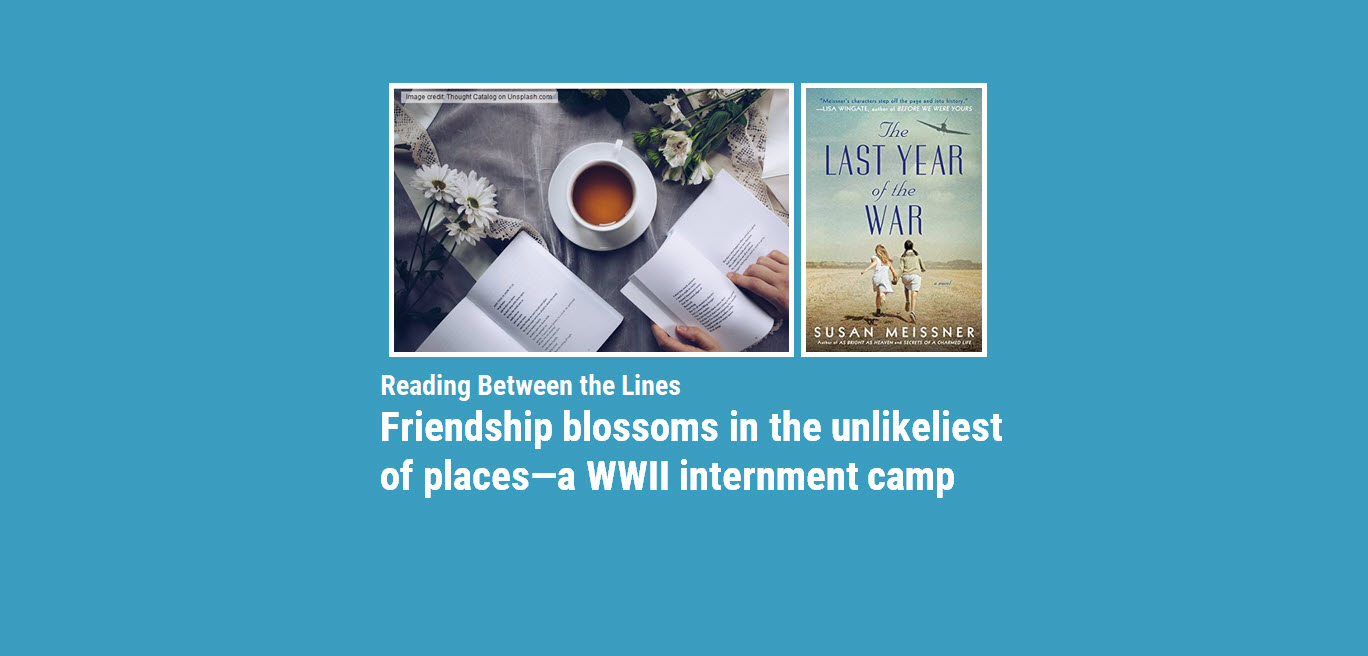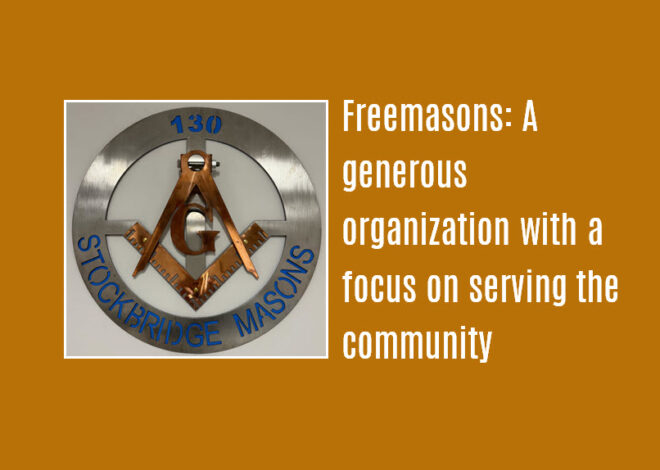
Reading between the Lines
In ‘The Last Year of the War’ a friendship blossoms in the unlikeliest of places
by Mary Jo David

A plethora of new novels abound that are set during World War II. Perhaps it’s because so many boomers and millennials are losing parents and grandparents who served and/or lived through that turbulent period in history.
Whatever the reason, many World War II-themed novels have worked their way onto my reading list, with some keeping me captivated and turning pages well past bedtime. While “The Last Year of the War,” written by Susan Meissner in 2019, didn’t start out as one of those page-turners, it was a very worthwhile read. It jumped the queue past other novels I considered reviewing because it focuses on an aspect of the war that is different from many of those others. Meissner’s novel, while fiction, is predicated on a friendship that began in a very real place in the 1940s—the Crystal City Internment Camp in Texas.
In setting the stage for the novel, Meissner introduces us to an aging Elise Sontag—a U.S. citizen who was born to German parents in Nebraska. The narrative begins in 2010, with Elise experiencing a serious medical diagnosis. However, the bulk of the story unfolds with Elise recounting her past and the friendship that blossomed between Elise and Mariko, a Japanese American, when the two girls were 14 years old. Frankly, it isn’t until Elise arrives at Crystal City and meets Mariko that this novel really starts to engage the reader, but it’s well worth the wait to get there.
Readers expect to be depressed by Elise and Mariko’s experiences in the camp. Meissner does her due diligence describing the stark living accommodations and strict rules and limitations of internment camp life. But the main characters are young, and as such, they manage to adapt as only fledgling teenagers can. In that respect, the novel eases you into the horrors of war, most of which take place later, when both girls and their families are forced to leave Crystal City. In fact, the harsh realities of Elise’s life as her family is repatriated to Germany in the last year of the war are staggering.
I learned about the Japanese internment camps when I was young but never realized they housed a combination of Japanese, Germans and Italians. I may have known somewhere in the back of my mind that many internees were U.S. citizens, but I credit Meissner’s book for really opening my eyes to this fact. Through Elise’s experience, the reader starts to see that being sent to a camp wasn’t as bad as it got; some of these people were repatriated back to Japan, Germany or Italy in return for American prisoners. On its face, this may seem fair. After all, we were involved in a major war. But the story reminds us that some of these people—like Elise and Mariko—were U.S. citizens and had never lived in the country they were being repatriated to.
Under the guise of a very readable novel, the story drives home some important lessons:
- Procrastination can be disastrous.
- A first-generation family can quickly lose everything they’ve worked hard for when their adopted country goes to war.
- Citizens of countries at war will quickly resort to herd mentality when their safety and comfort are threatened.
Those who invest themselves in Meissner’s “The Last Year of the War,” should gain a stronger appreciation for families and lasting friendships, but more so, the realization that humans can and do endure major hardships and still come out stronger in the end.
For all his naiveté and procrastination, Elise’s father says it best on the train to the Crystal City Internment Camp, “Wars begin and wars end. There will be peace again. We only need to hold on to who we are, deep within, so that we’ll recognize ourselves on the other side when it’s over.”
 Mary Jo David a retired business and technical writer who contributes occasional book reviews to Stockbridge Community News. She and her husband reside in Gregory.
Mary Jo David a retired business and technical writer who contributes occasional book reviews to Stockbridge Community News. She and her husband reside in Gregory.



